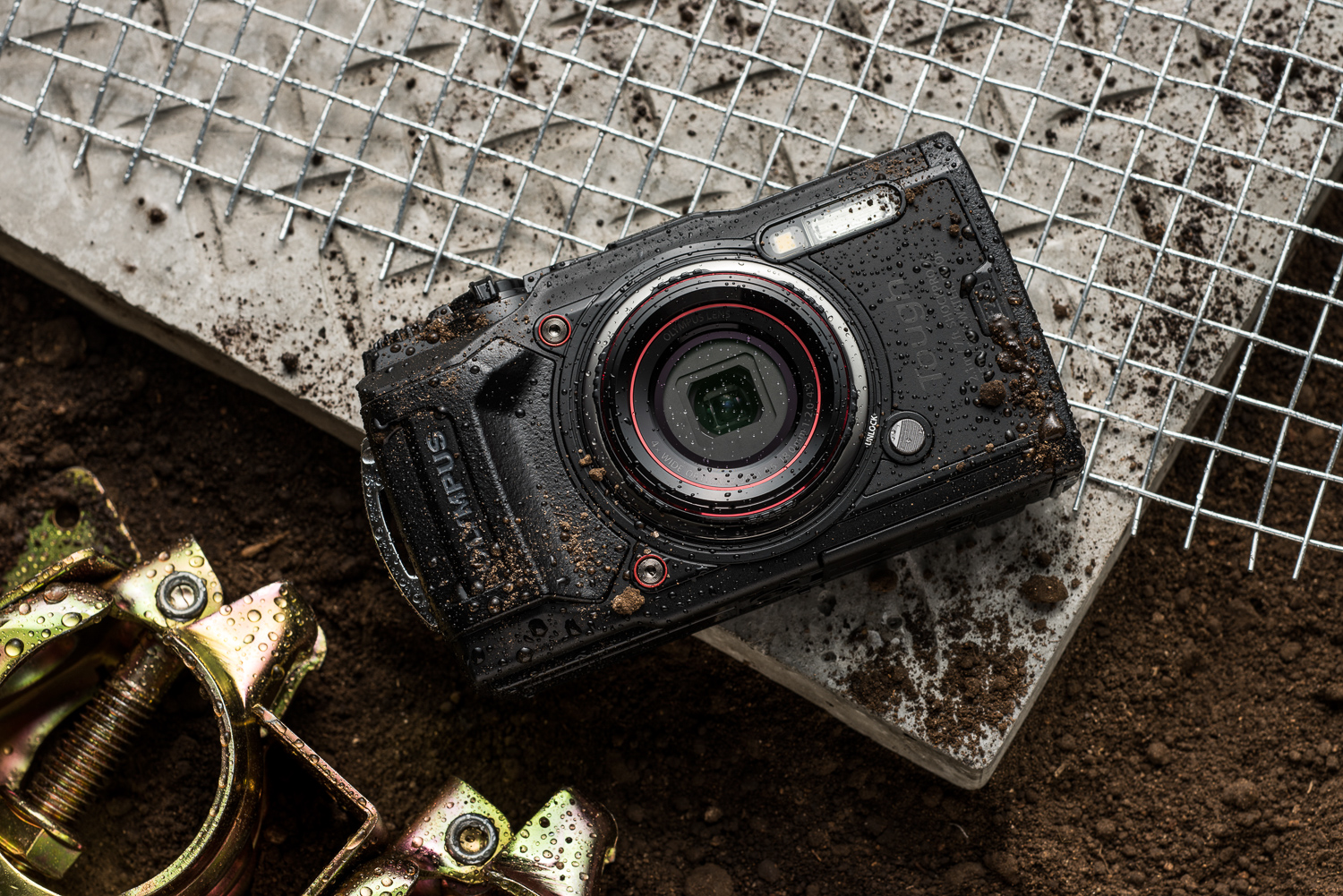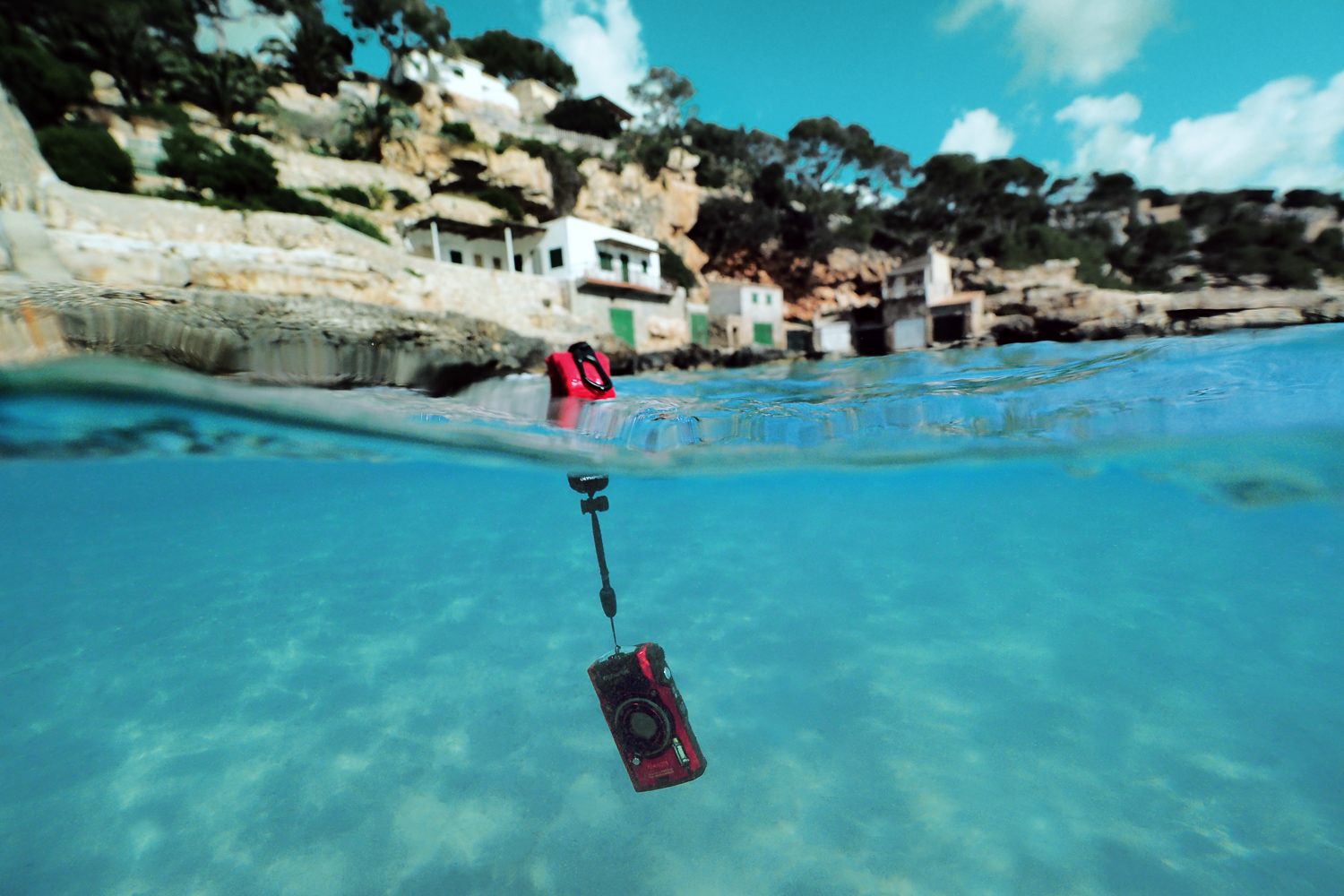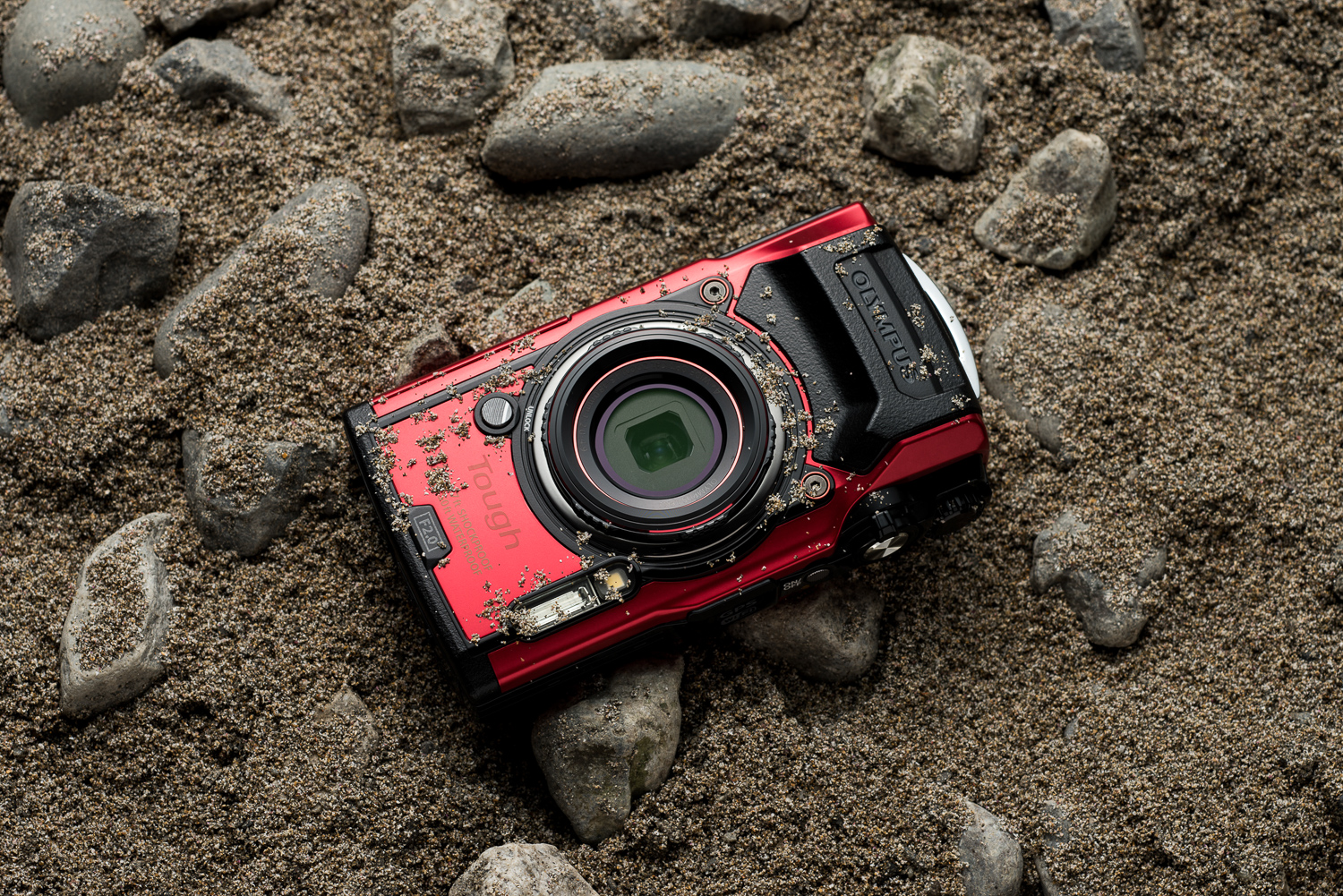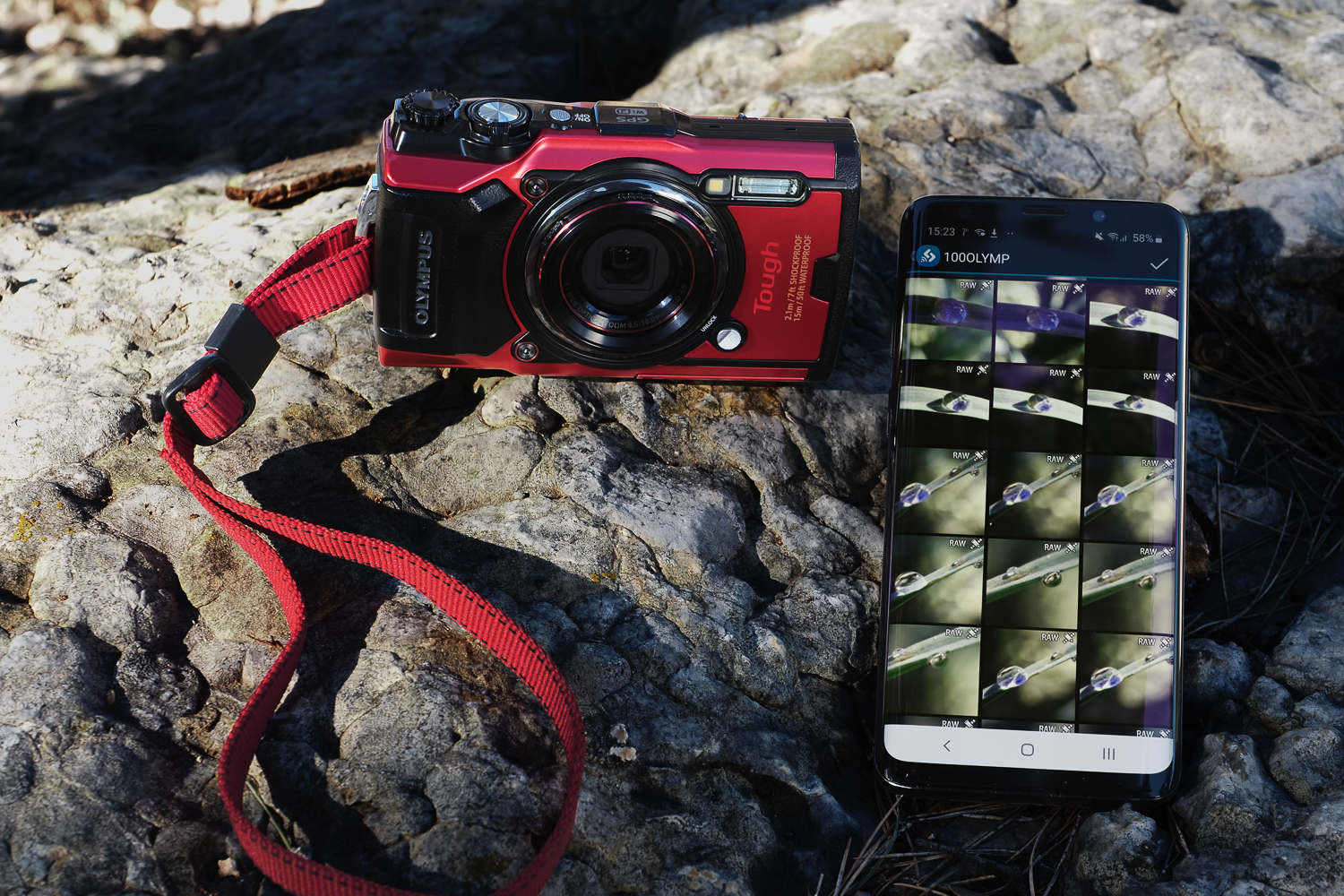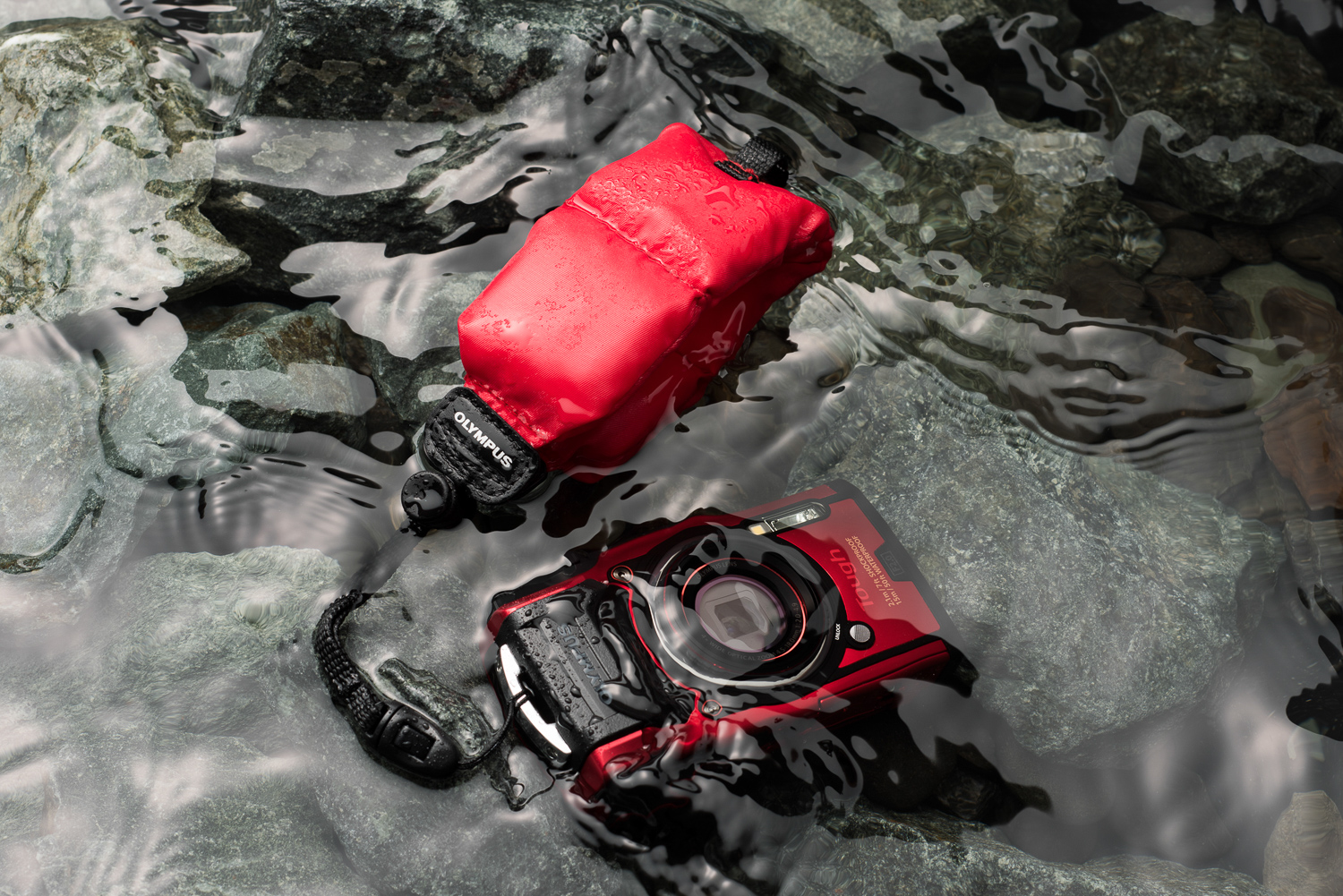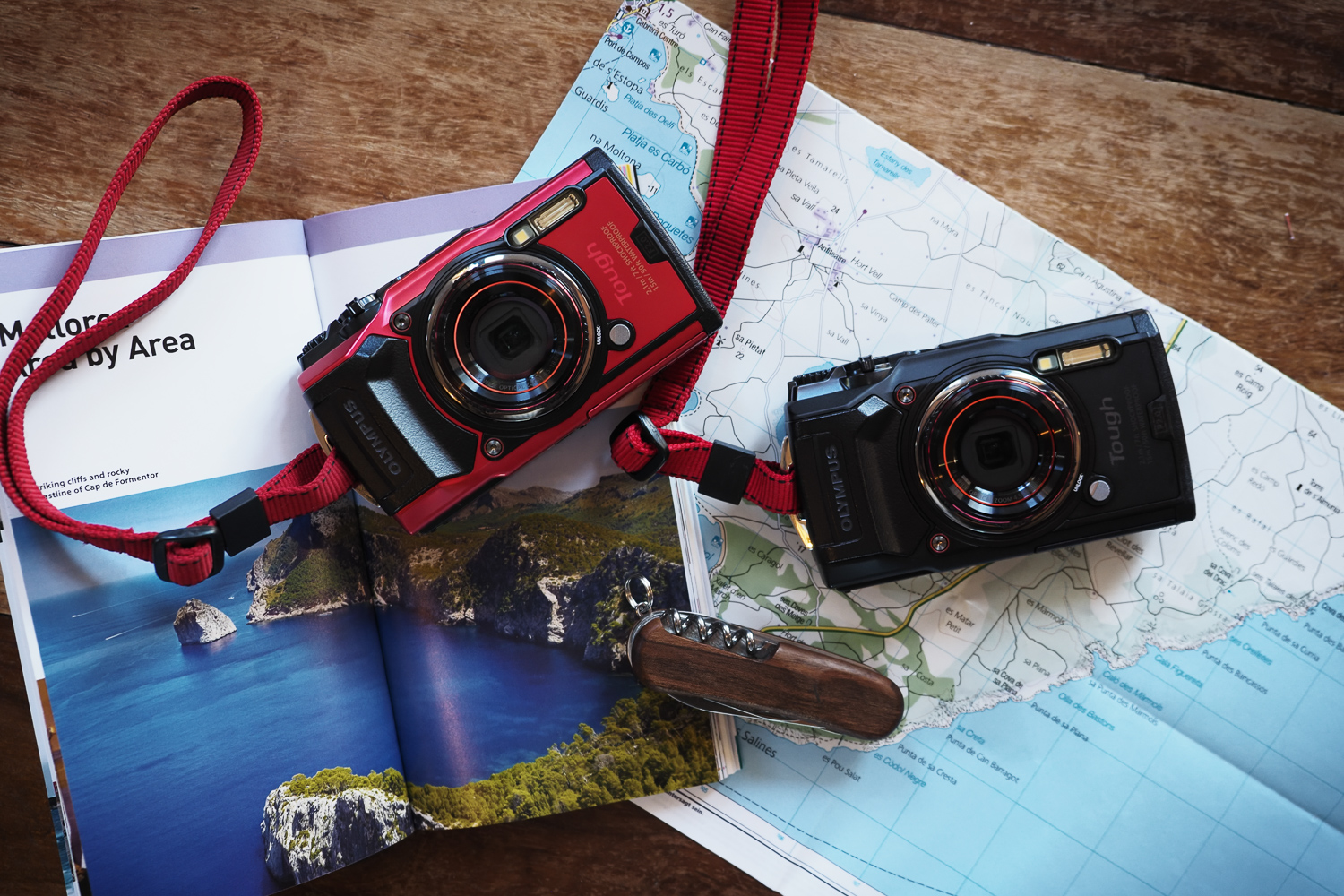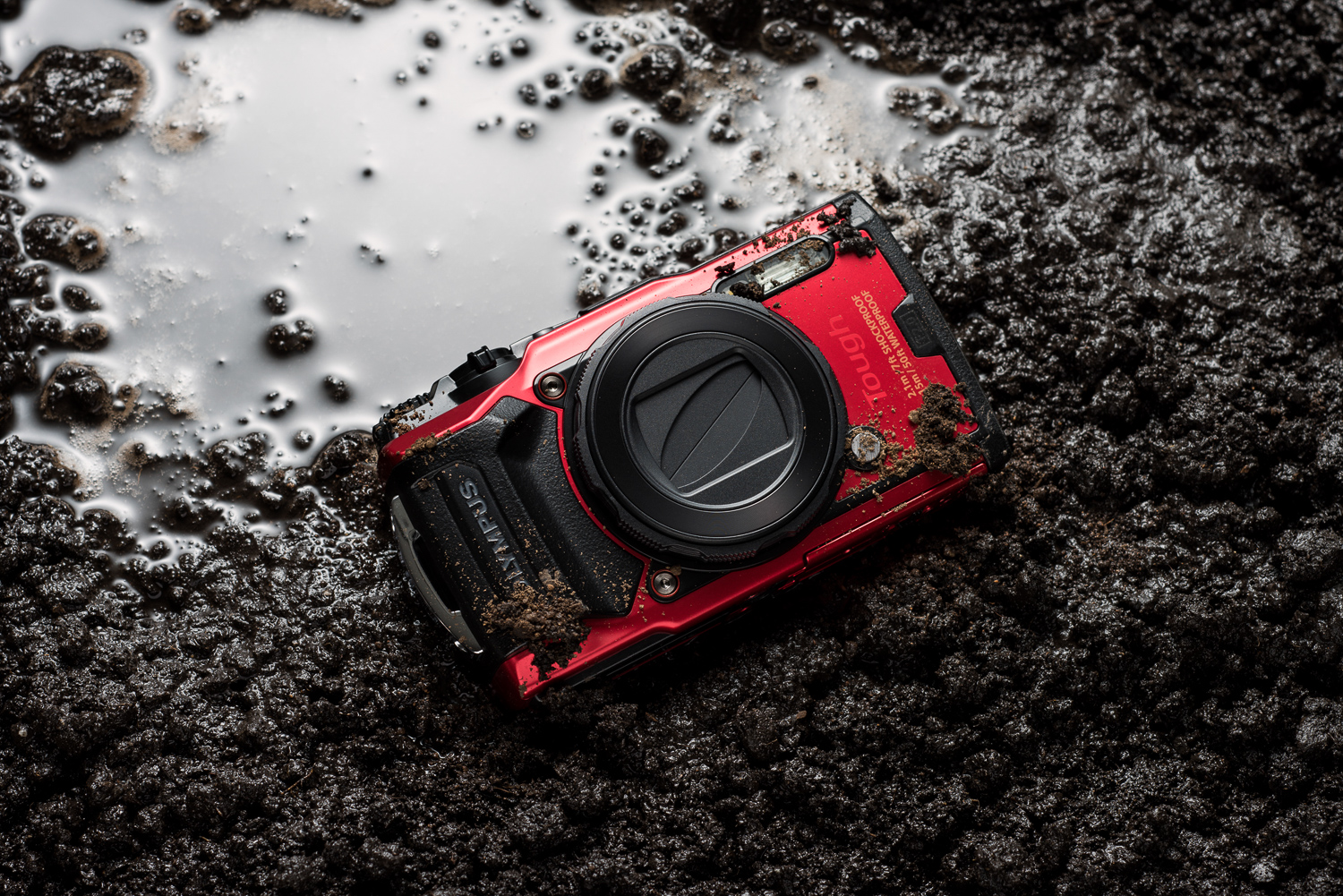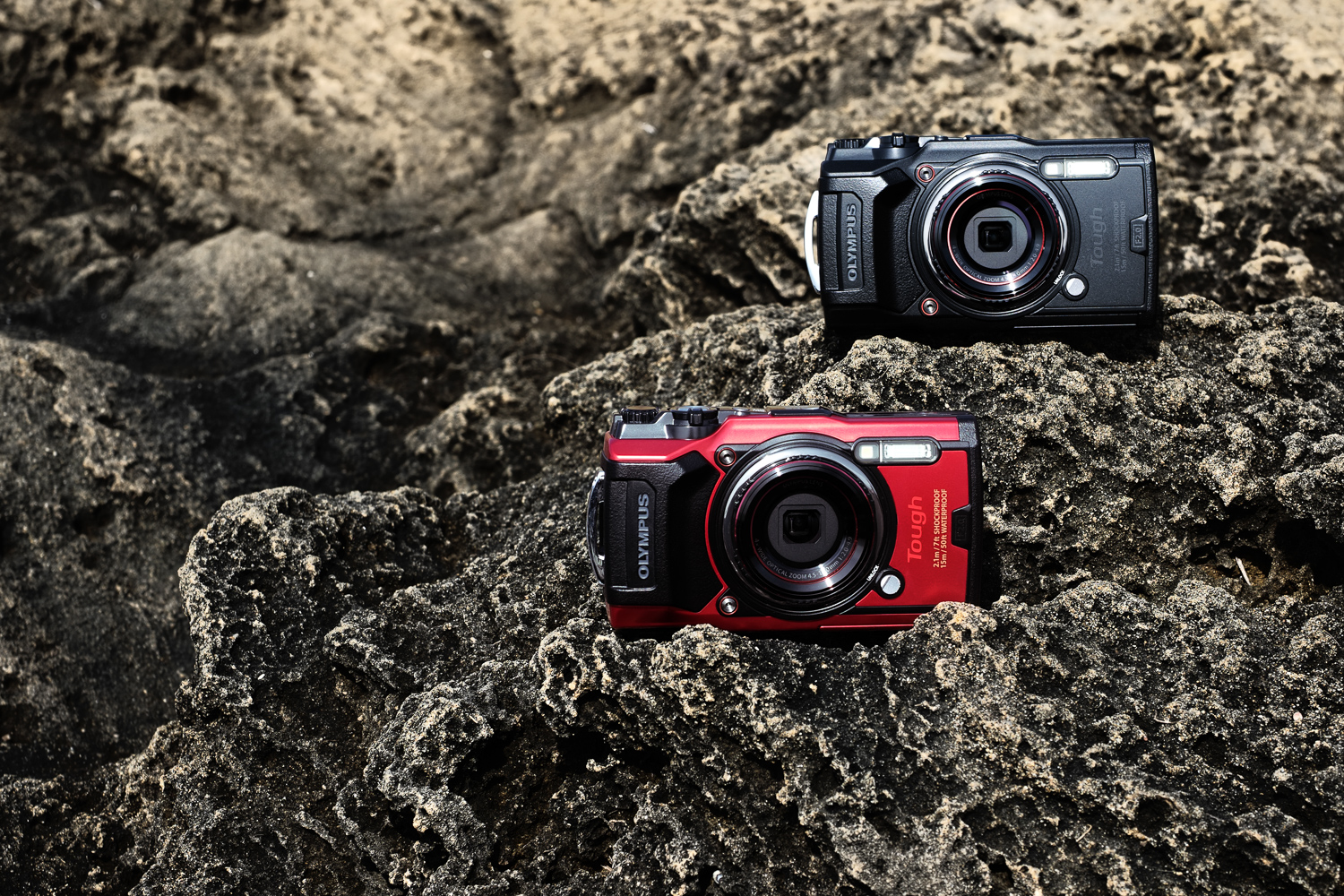Olympus announced the Tough TG-6 on Wednesday, May 22, and we’re having a hard time figuring out what’s new. The Olympus Tough TG-5, released in 2017, is one of our favorite point-and-shoot cameras. The waterproof compact boasted good — for the class — image quality and introduced a host of new features, including the sensor, processor, and GPS tracking capabilities. It’s been our go-to recommendation for anyone looking for a rugged vacation camera they can take anywhere.
Naturally, we were excited about the prospect of a replacement, but the TG-6’s spec sheet reads a heck of a lot like the TG-5’s. There’s the 12-megapixel, 1/2.3-inch backside-illuminated sensor; the 4X, 25-100mm (full-frame equivalent) f/2-4.9 lens; the 20-frames-per-second continuous shooting speed; and, of course, the waterproofing, drop-proofing, and crush-proofing that make it part of the Olympus Tough line. The very impressive microscope mode, which can focus as close as 1 centimeter from the front of the lens, also returns. Battery life remains unchanged at 340 shots per charge.
It would seem the second verse is the same as the first.
- 1. Maybe Olympus just needed an excuse to shoot some exciting new lifestyle photos?
The lens does have a new antireflective coating designed to reduce ghosting and flares, which is actually a nice addition as excessive lens flare was one of the few cons we listed in our Tough TG-5 review. There is also a new fisheye adapter — the sci-fi sounding FCON-T02 — which can produce a true circular fisheye image. And there’s the FD-1 flash diffuser, which routes the light from the built-in flash into a diffuser ring around the lens and is designed to be used underwater. But, the FCON-T02 and FD-1 are adapters — they’re not actually anything new about the camera, itself.
In-camera focus stacking has seen a slight modification: You can now select from three to 10 images to be merged, whereas the TG-5 was locked at 10. The full macro focus range is also now available in Program and Auto exposure modes, and there are five underwater modes instead of the TG-5’s four.
Seeing as the TG-5 remains best in class 3 years on, maybe Olympus figured it just didn’t need to fix what wasn’t broken. Still, we’re a bit miffed that, other than the lens coating, the TG-6 is basically a firmware update with a camera attached. It looks to be a classic example of a marketing department upgrade. Unless we’re missing something.
